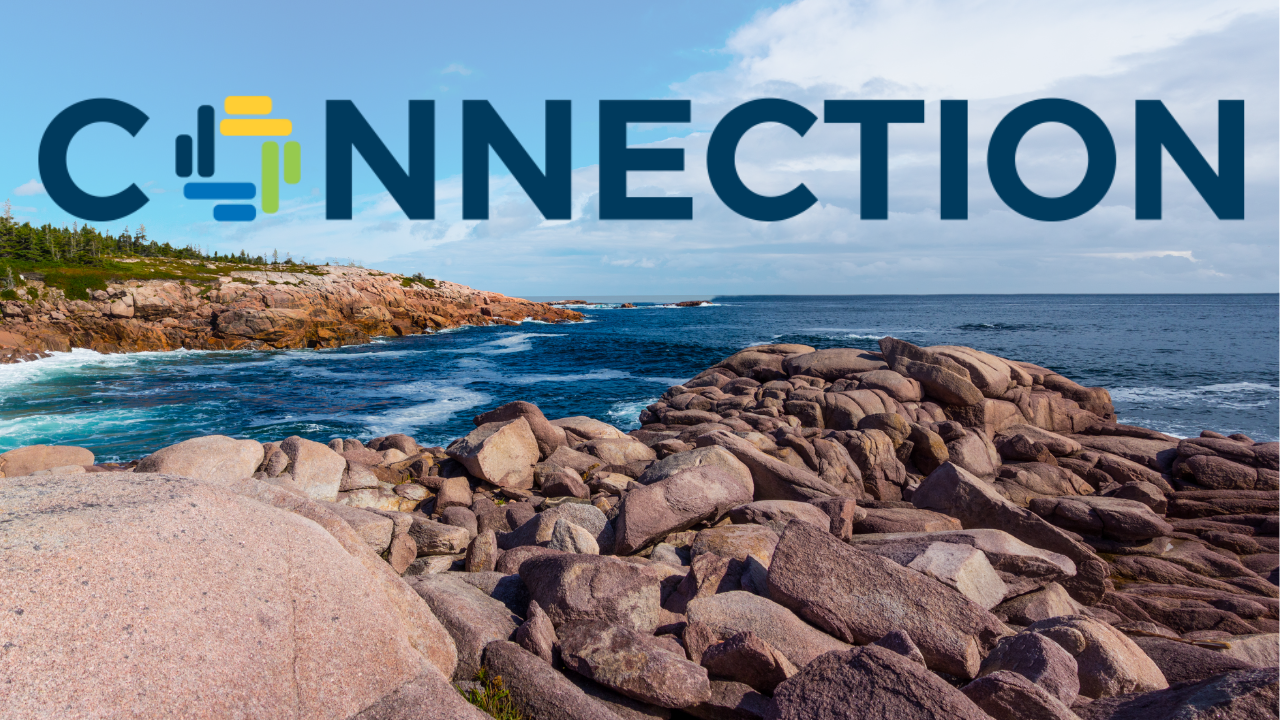
By Dominic Boyd, MSW, RSW
My on-line meditation group meets weekly, and we have been discussing global heating and related issues from a Buddhist perspective. Our first book was Thich Nach Hahn’s Zen and the Art of Saving the Planet. In 2024, we began reading through and discussing Active Hope: How to Face the Mess We’re in without Going Crazy, by Joanna Macy and Chris Johnstone. Reading Active Hope offers strategies for engaging and for endurance, as does Green Social Work, by Lena Dominelli, and I highly recommend these books. I’ve felt inspired by these works, and our ongoing discussions, and hope other social workers will as well.
Active Hope focuses on the existential issue of our time: global warming, and calls on all of us to contribute whatever we can to solve this crisis. The process of active hope is differentiated from passive hope, wherein one might simply hope that things will get better, but not bother doing anything, out of the belief that there’s little to nothing that one can do. Macy and Johnstone take issue with such passivity and challenge the reader to engage by setting realistic goals and following through.
Part One outlines three possible perspectives of global heating: business as usual, where we passively continue on with our destructive ways; the great unraveling, which turns attention to the gradual collapse of ecosystems; and the great turning, where humans create a new world order that respects the planet and all life. The authors then describe how this great turning can be realized through a four-stage spiral process of reconnection.
- Coming from gratitude: choosing to be grateful for our world, and acknowledging that we are part of nature, not above it.
- Honouring our pain for the world: a steadfast commitment to see what is happening, why it is happening, and allowing ourselves to feel the pain and grief that results from the great unraveling.
- Seeing with new eyes: seeing the interconnectedness of all life, seeing the need to build societies and economies that honor all life and create equality.
- Going forth: actually engaging in the process of rebuilding with others who share this vision.
Part Two explores how we need to see ourselves, not as nuclear individuals, but as part of the human family and of our entire world. It exposes the myths of individualism that underpin our capitalist society and economy. It invites us to collaborate rather than dominate, and to co-create societies where we know our neighbours, value our connections and celebrate them, and feel supported and empowered in mutual ways. It challenges us to take the long view, to understand ourselves to be produced and sustained by living systems that our planet has developed over billions of years, and to see the danger of destroying that legacy within a few decades. We need to think in terms of what kind of world our descendants need, and what we can do to make sure it happens.
Part Three is about creating a vision and acting. The authors list how we can create inspiring visions, dare to believe that things are possible, build support, maintain energy and enthusiasm, and feel strengthened when facing uncertainty. I wish to focus on the first and last, in particular.
Creating a vision can be done using seven steps:
- If you knew you could not fail, what would you most want to do for the healing of our world?
- Specify a goal or project could you realistically aim for in the next twelve months?
- What resources do you have within and around you that will help?
- What resources, inner and outer, will you need to acquire? What might you need to learn/develop/obtain?
- How might you stop yourself? What obstacles might you throw in your way?
- How will you overcome these obstacles?
- What step can you take in the next week, no matter how small, toward your goal?
Feeling strengthened is about acknowledging uncertainty when it occurs, embracing challenges, willingness to learn and grow, finding ways to connect with others and share power, and letting go of ego.
Reading this book has inspired me and provided me with tools I find useful. I have discovered that many of us are concerned but perhaps need a spark to get more engaged. Two elder members of my meditation group participate in discussion with their grandchildren, thus encouraging them. I have felt myself becoming more confident about raising these issues and have been working on bringing all 35 Community Health Boards in Nova Scotia to work together on them, and I spoke about them at a meeting of the NS Action Coalition for Community Wellbeing. Finally, I have been talking with other social workers about these issues and with Tyler Colbourne at the NSCSW, which led to the development of some learning opportunities to help social workers build commitment and action.
The new CASW Code of Ethics includes engagement with climate justice issues such as global heating. We social workers sometimes focus too narrowly on our work areas, but we have many skills we can utilize in addressing these challenges.
There are lots of people who are concerned about global heating, and all they might need is an idea, a suggestion, or a small task to help get involved. If you are one of them, I hope you will join the NSCSW’s workshops on this topic, view the recorded excerpts (and perhaps use them as a springboard for conversation with peers), or pick up one of these books yourself.
DOMINIC BOYD, RSW, has been in social work since 1986, with a background in community practice and social change/social justice.





